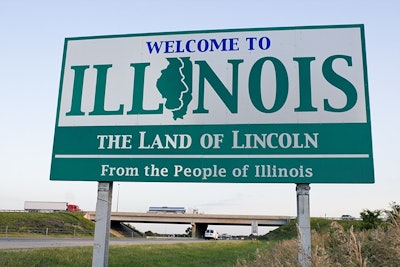
PEKIN — The United States Drug Enforcement Administration classifies marijuana as a Schedule I drug, meaning that it has a high potential for abuse and no currently accepted medical use. However, a pamphlet from the Medical Cannabis Outreach Medical Marijuana Pain Management and Wellness Clinic in Pekin lists 40 conditions that are treatable by medical marijuana. Those ailments range from Alzheimer’s Disease to fibromyalgia to spinal cord injury. Clinic owner Eric Sweatt believes that patients suffering from one of the qualifying conditions can eventually replace up to 75 percent of their prescription medications with cannabis.
“Right now, cannabis is viewed as a last option. I would like it to be a first option, because it is a real medicine and can help a lot of people,” Sweatt, owner of Medical Cannabis Outreach, said during a medical marijuana education seminar Saturday. “You can take cannabis for qualifying conditions, and you won’t need to take the multiple pills you would otherwise have to take. That makes your everyday life much easier.”
According to the Centers for Disease Control and Prevention, more than 63,000 people in the United States died from drug overdoses. Sweatt maintains, however, that none of those drug overdose deaths were from cannabis.
“You are more likely to die from bee stings, peanut butter allergies, or aspirin,” he said. “Nobody has died from marijuana, unless it was mixed with other drugs or something else.”
In addition to discussing the benefits of medical cannabis, Sweatt spoke about the procedure for obtaining a medical marijuana card in Illinois, associated costs, different methods of using the medicine and recommended dosages.
Top Image: © Henryk Sadura | Adobe Stock























